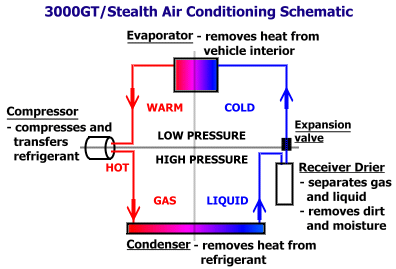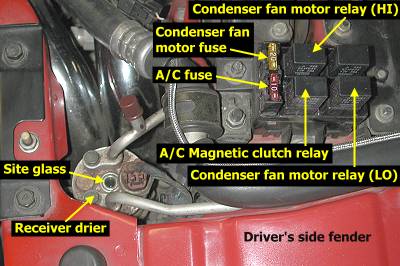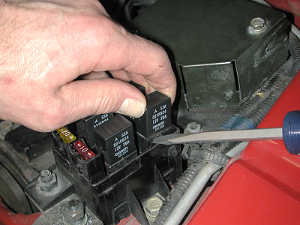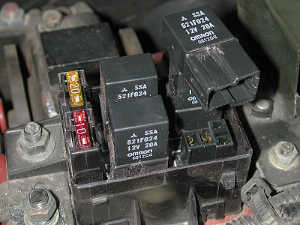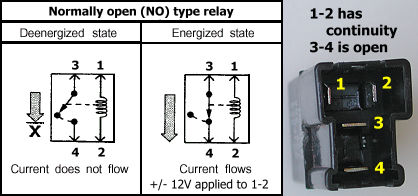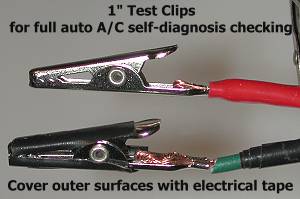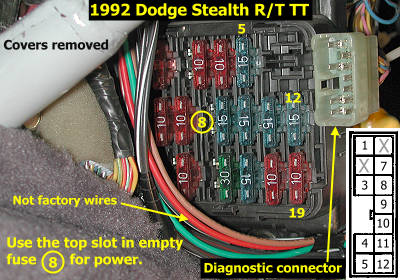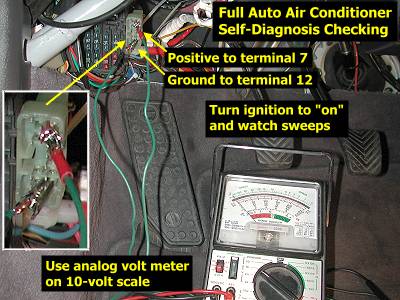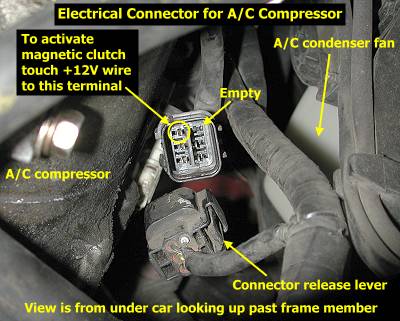|
Because of Federal laws, the potential for freon to deplete the ozone layer 10 to 30 miles above the earth's surface, and the danger of exposing skin to very cold evaporating refrigerant, special precautions must always be used when handling the refrigerant in the air conditioning system. Deliberate venting of CFC-12 (also known as R-12, freon-12, or the trade name Freon) to the atmosphere has been prohibited since 1992 and release of HFC-134a (also called R-134a) has been prohibited since 1995. HFC-134a has been in use in USA cars since the 1994 model year. Unless you are certified to perform this type of work and have the necessary equipment, do not attempt any repair procedure that might allow freon to be released. If you must evacuate the freon to effect a repair, have a certified shop remove the freon for you. You should get a credit from them toward recharging your system. Do not release the refrigerant into the atmosphere!
|
